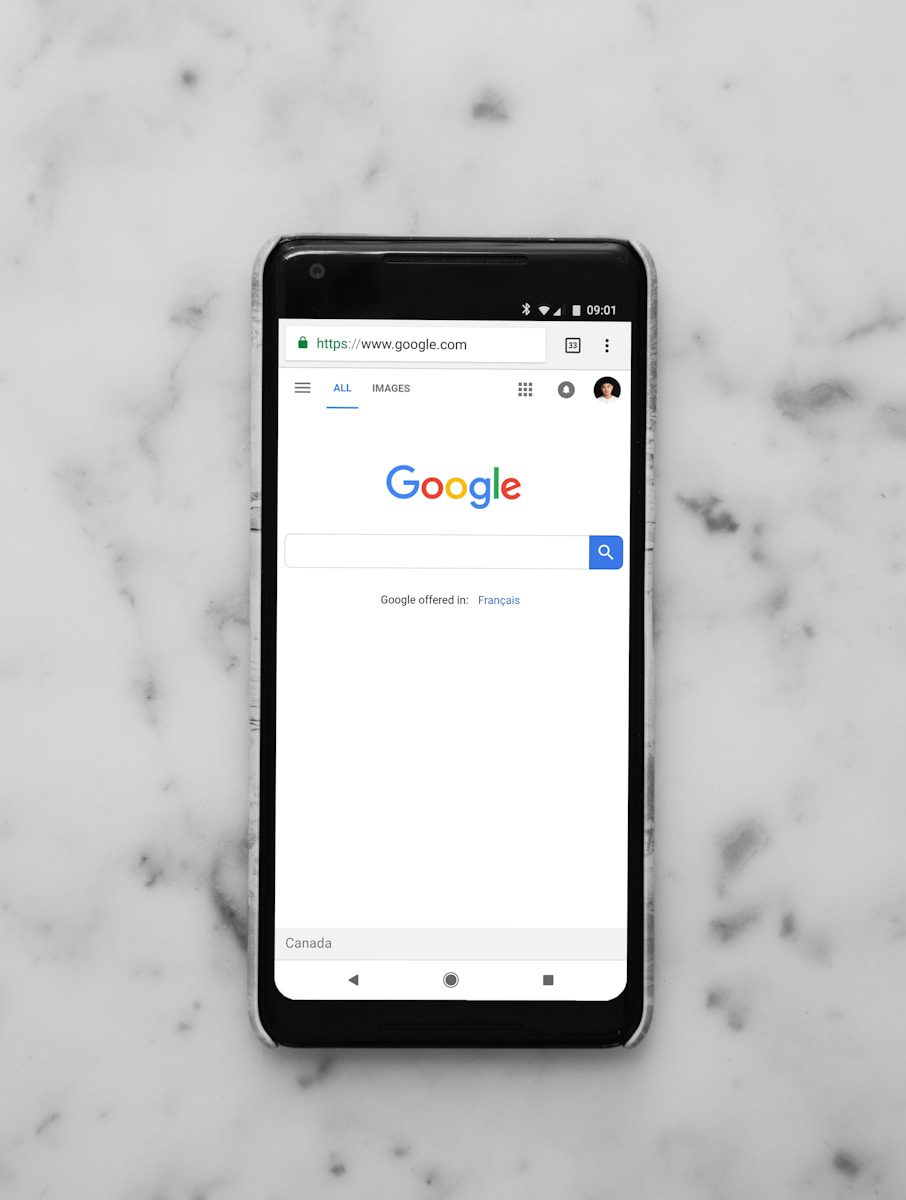
In the fast-paced world of digital marketing, we are constantly bombarded with information. From website analytics to social media metrics and campaign performance reports, data is everywhere. However, simply collecting this data is not enough. The true power lies in our ability to interpret these insights and translate them into tangible, real-world results for our businesses. Turning raw numbers into actionable strategies is the key to unlocking the full potential of your digital marketing efforts.
The first crucial step in this transformation is understanding what data truly matters. It’s easy to get lost in a sea of metrics, but not all data points are created equal. Identify the key performance indicators (KPIs) that directly align with your business goals. Are you focused on increasing website traffic, generating leads, boosting sales, or improving customer engagement? Once you have a clear understanding of your objectives, you can focus on the data that provides meaningful insights into your progress.
Next comes the critical process of analysis. Simply looking at numbers in isolation won’t tell you the whole story. You need to identify patterns, trends, and correlations within your data. For example, understanding which content performs best with specific audience segments, identifying the channels that drive the highest conversion rates, or recognizing drop-off points in your customer journey can reveal valuable opportunities for optimization. Tools that allow you to segment your data and visualize trends can be incredibly helpful in this stage.
Once you’ve identified key insights, the next step is to translate them into actionable strategies. This is where the rubber meets the road. Don’t let your data sit in spreadsheets; use it to inform your decisions. If your analytics show a high bounce rate on a particular landing page, the insight is that something is likely deterring visitors. The action could be to redesign the page, improve the clarity of your call to action, or refine your targeting. Similarly, if a specific social media platform consistently drives high engagement, the insight is that your audience is active there. The action could be to allocate more resources to creating content specifically for that platform.
Experimentation and testing are also crucial components of data-driven digital marketing. Once you’ve implemented changes based on your insights, it’s essential to track the results and see if your hypotheses were correct. A/B testing different versions of your website copy, email subject lines, or ad creatives can provide valuable data on what resonates best with your audience. This iterative process of analyzing data, implementing changes, and testing results allows for continuous improvement and optimization of your marketing efforts.
Ultimately, unlocking the power of data in digital marketing is about moving beyond intuition and gut feelings to make informed decisions based on evidence. It’s about understanding your audience, your performance, and the impact of your strategies. By embracing a data-driven mindset and developing the skills to transform insights into real results, you can move your digital marketing from a cost center to a powerful engine for growth and success. The data is there; it’s up to you to harness its potential.








